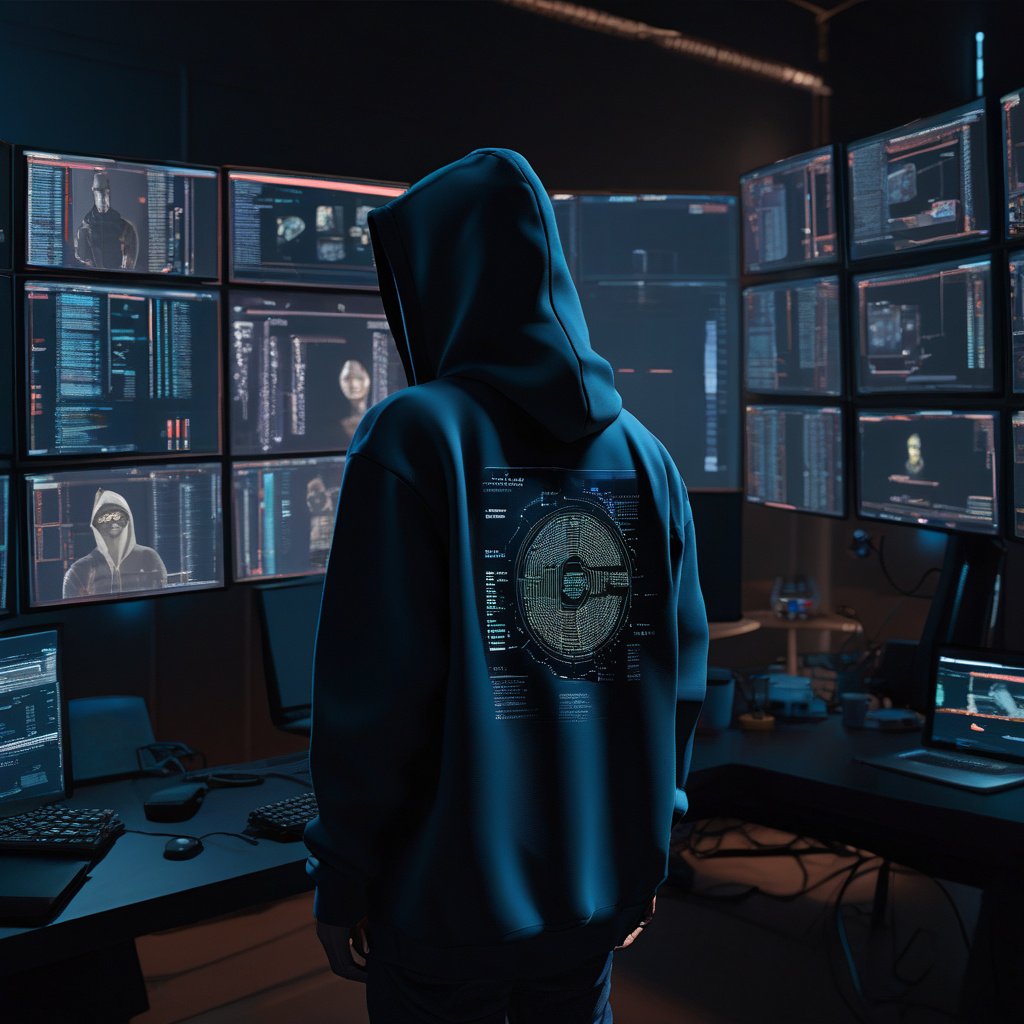The Risks of Deepfake Technology in Cyber Attacks: How North Korea’s BlueNoroff Targets Crypto Workers
In the ever-evolving landscape of cybersecurity threats, the use of deepfake technology has become a concerning trend. Recently, North Korea’s notorious hacking group, BlueNoroff, has been utilizing deepfakes in Zoom calls to target crypto workers and infiltrate their systems. One such incident involved a fake Zoom extension that was disguised as support software and delivered malware to a Web3 worker’s Mac device via Telegram.
This sophisticated attack vector showcases the dangerous potential of deepfake technology in cyber attacks. By impersonating legitimate individuals or software, hackers can deceive unsuspecting victims and gain access to sensitive information. In the case of the crypto worker targeted by BlueNoroff, the fake Zoom extension appeared to be a harmless tool for remote collaboration. However, once installed, it delivered malware that compromised the security of the victim’s device.
The use of deepfakes in cyber attacks poses a significant threat to the digital marketing and e-commerce sectors. As more businesses rely on online platforms and communication tools for their operations, the risk of falling victim to such attacks increases. In the case of crypto workers, who handle valuable assets and sensitive data, the consequences of a successful cyber attack can be devastating.
To protect against deepfake attacks like the one carried out by BlueNoroff, organizations must implement robust cybersecurity measures. This includes educating employees about the risks of interacting with unknown or suspicious software, conducting regular security audits, and investing in advanced threat detection technologies. Additionally, staying informed about the latest cybersecurity trends and tactics used by threat actors can help businesses proactively defend against potential attacks.
As the use of deepfake technology continues to evolve, it is crucial for businesses in the retail and e-commerce sectors to prioritize cybersecurity and data protection. By taking proactive steps to safeguard their systems and educate their employees, organizations can reduce the risk of falling victim to sophisticated cyber attacks. The case of BlueNoroff’s use of deepfakes in Zoom calls serves as a stark reminder of the importance of vigilance and preparedness in the face of evolving cyber threats.
In conclusion, the incident involving North Korea’s BlueNoroff targeting crypto workers with deepfake technology highlights the growing risks posed by sophisticated cyber attacks. By understanding the tactics used by threat actors and implementing robust cybersecurity measures, businesses can better protect themselves against such threats and safeguard their sensitive information.
#Cybersecurity, #DeepfakeTechnology, #CryptoWorkers, #CyberAttacks, #DataProtection
